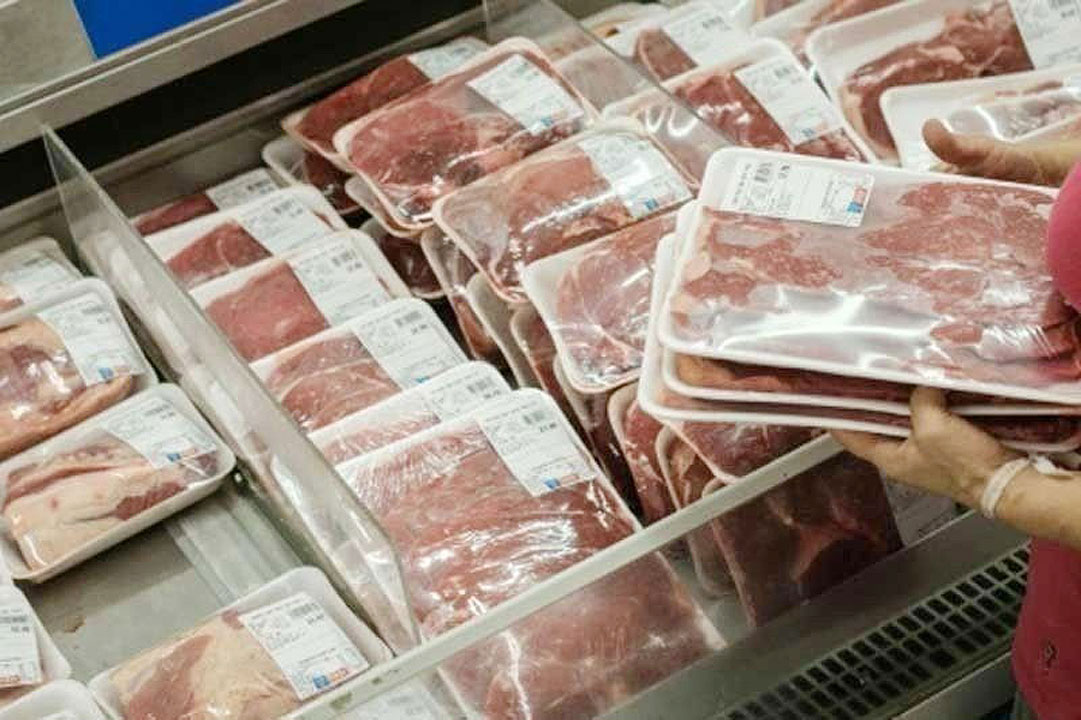IMPORTED PORK will be distributed to areas where prices are high, expanding their current market of the capital region and nearby provinces, while industrial users have also been cleared to use the imports, the Department of Agriculture said.
Memorandum Circular No. 23, issued on Oct. 25, will allow the distribution of imports “outside of the National Capital Region (NCR) Plus (Metro Manila, Bulacan, Rizal, Laguna, and Cavite) to areas with relatively high prices of pork meat,” Agriculture Secretary William D. Dar said.
Mr. Dar said the expanded pork import quota, known as the Minimum Access Volume (MAV), has not been fully utilized as a result on the limits on their area of distribution.
“This defeats the objectives of Executive Order (EO) No. 133, series of 2021 which are to address the supply gap in pork meat, provide consumers with adequate and affordable meat, and to lower inflation,” Mr. Dar said.
He said the circular now allows the selling of pork imports within the MAV plus to processors and institutional buyers.
“The global problems of transport and movement of imported goods due to the pandemic has affected the arrival of the 70% or 140,000 metric tons (MT) for July to October. From the usual 30-40 days after-shipment transit time, it has extended to 120 days. Hence, the arrival of the remaining 30% or 60,000 MT on January 2022 or the end of MAV year 2021 has to be fast-tracked,” he added.
On May 10, President Rodrigo R. Duterte issued EO 133 which increased the MAV allocation for pork imports in 2021 to 254,210 MT from the previous 54,210 MT in a bid to address thin pork inventories and rising prices due to the African Swine Fever outbreak.
Mr. Duterte also signed EO 134, which lowered the tariff rates on pork imports for one year period to help resolve supply and price issues.
Previously, the MAV Management Committee issued a resolution that divided the additional volume of MAV pork imports into two tranches.
The resolution directs that the first tranche, consisting of 140,000 MT or 70% of the total, arrive between July and October, with the remaining 60,000 MT or 30% landing between November and January. — Revin Mikhael D. Ochave
